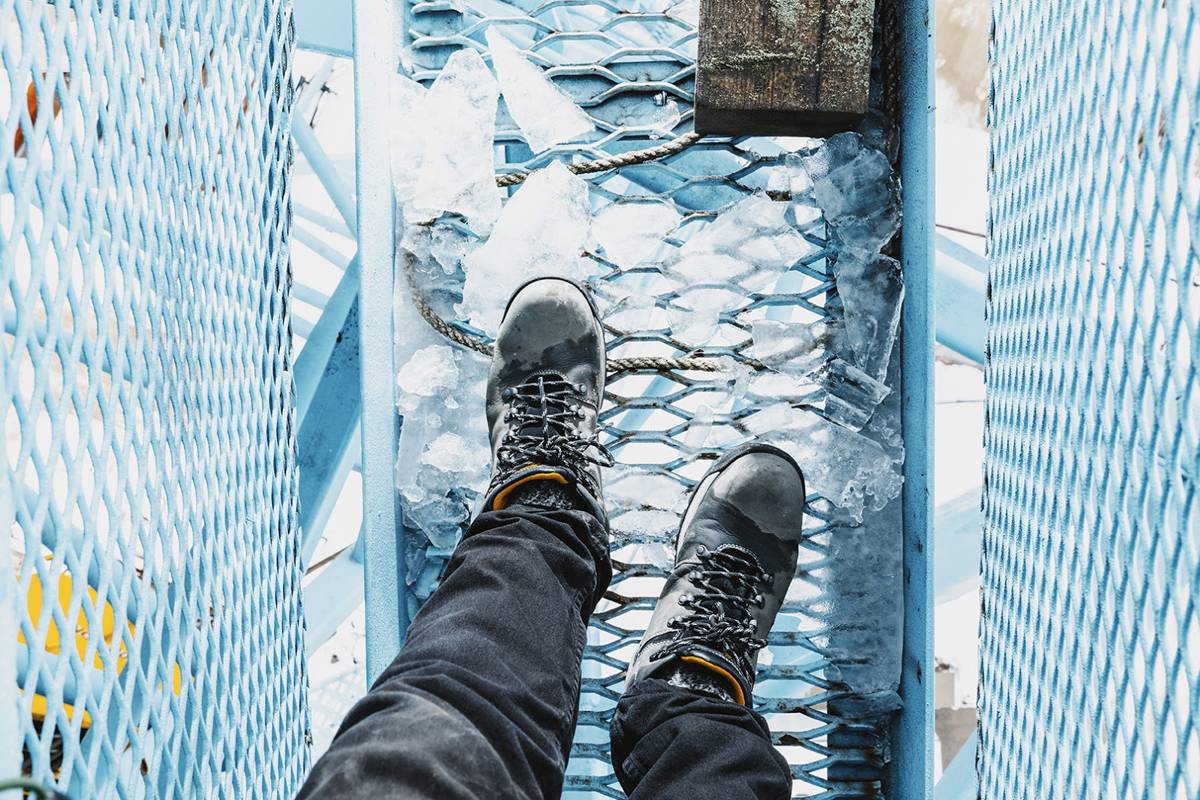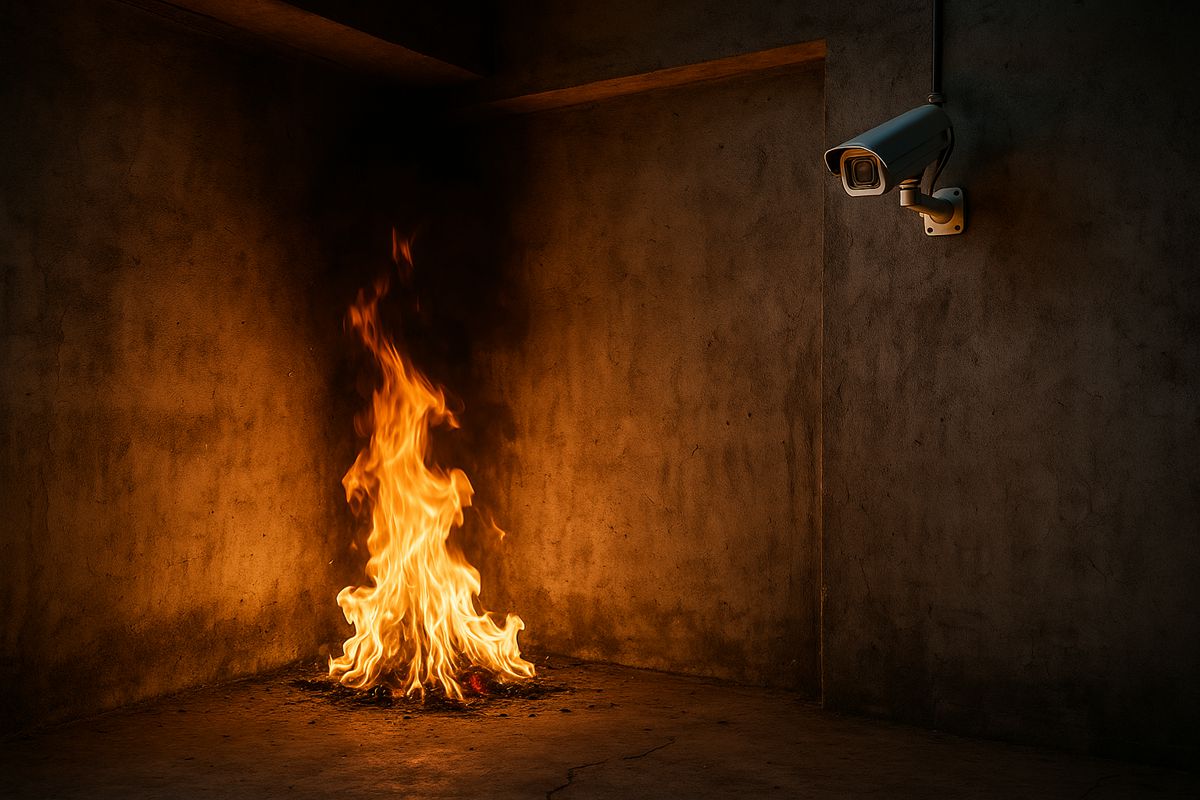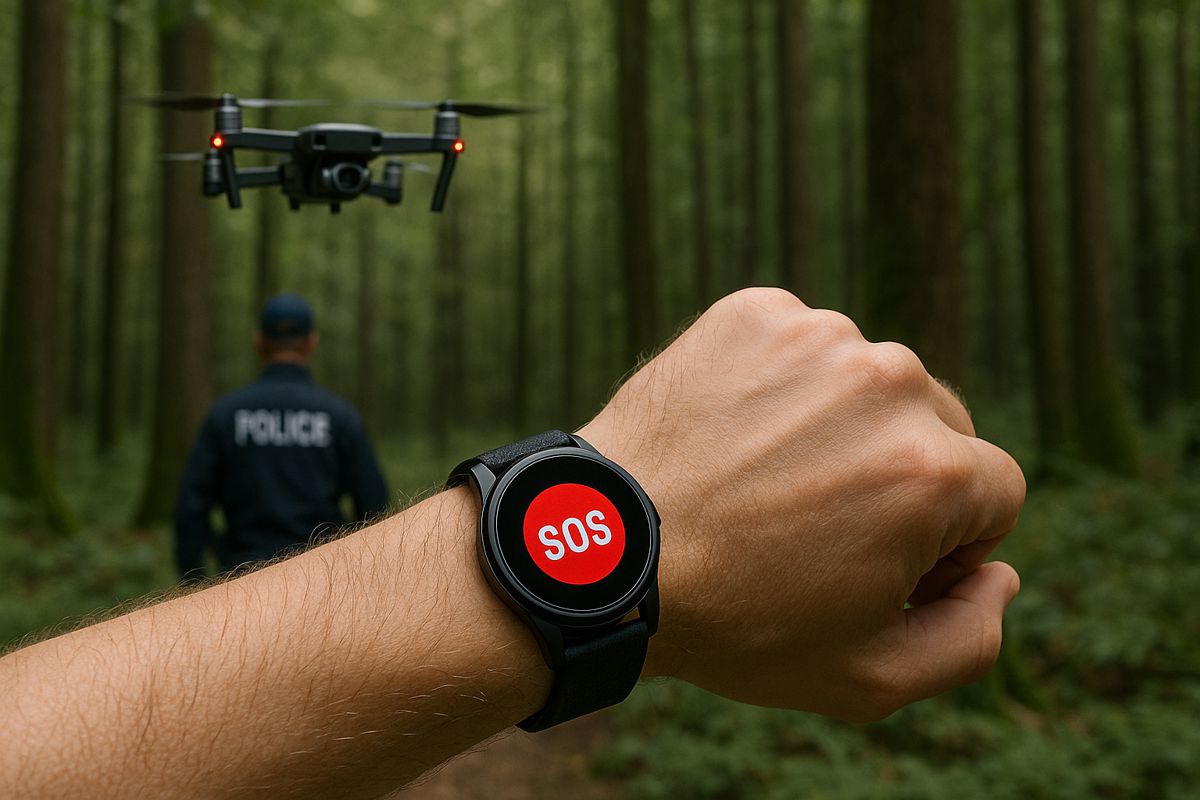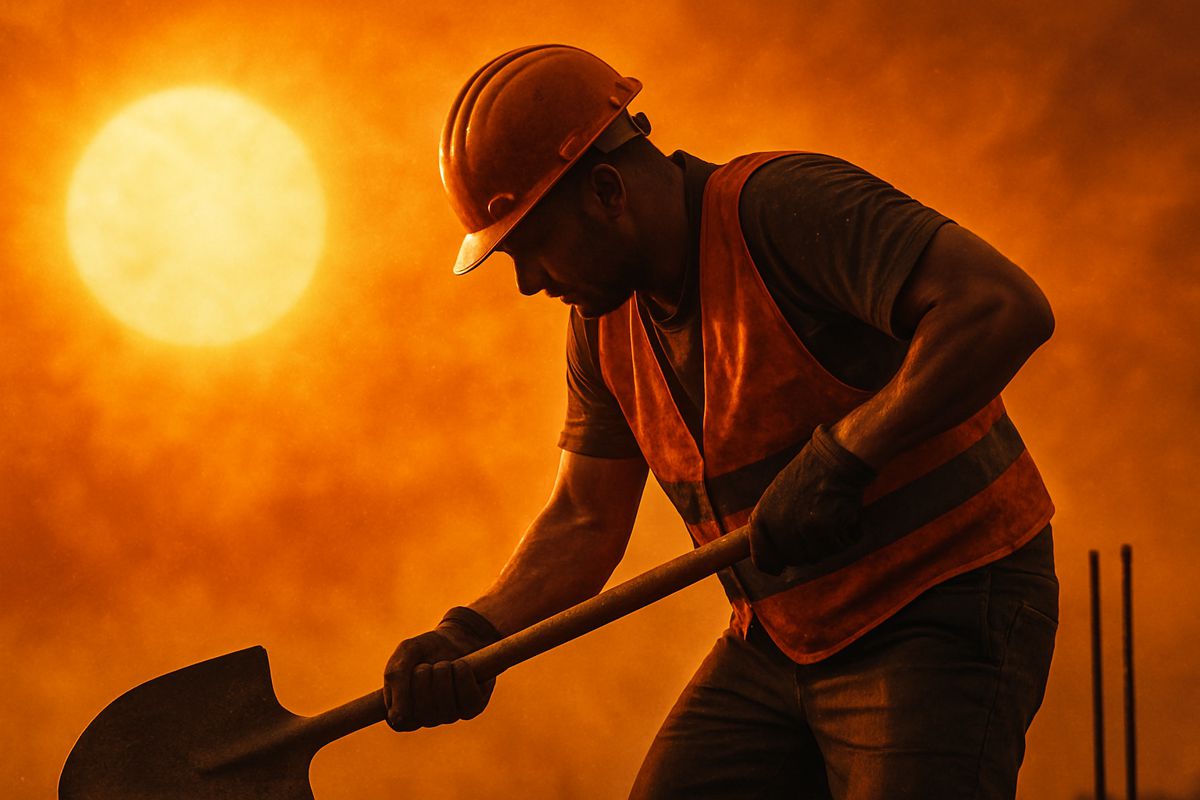Essential PPE for Road Workers
As time has progressed, the list of PPE protective equipment needed in the construction industry has increased.
Consider, for example, that just under 20% of total fatal injuries to road workers, in 2019/2020, were caused by workers, often without the correct PPE, being struck by a moving vehicle. It’s for this reason that taking the ‘if we didn’t need it then, we don’t need it now’ approach is so irresponsible.
Sean Nutley, CEO of the PPE provider Lemon Worldwide Limited, has first-hand experience working in potentially dangerous manual labour jobs and understands that accidents can befall anyone at any time, making it so important to utilise the correct PPE.
What You Need and Why You Need it
Before carrying out any road work, project supervisors must carry out a risk assessment.
There are a number of PPE requirements that are essential for all road work, however, the risk assessment will determine if there is a need for other items, such as auditory protection.
Footwear
In every road work setting, there should be a requirement in place for some form of steel-toe cap boots. Steel midsole protection should also be present, as to mitigate the potential for puncture or penetration wounds.
The main aim of such footwear is to protect the worker from falling objects or other hazards. Road work involves a great deal of heavy machinery and moving vehicles.
Accidental damage to the delicate bones, tendons and muscles in the foot could leave a worker out of action for several months, if not longer.

Clothing
Hi-Vis clothing is a crucial part of your PPE kit and should be worn at all times on the road. No matter whether you’re working during the day or night, Hi-Vis clothing is essential in ensuring you’re as visible as possible to drivers. Such clothing is responsible for protecting you against workplace injury caused by either the general public or other road workers. Depending on the job, you may be required to wear various types of full high visibility clothing.
Gloves are also a key component when it comes to protection. Gloves are necessary in order to shield a worker’s hands from anything from the smallest graze to a nasty, and potentially life-threatening infection. These should be made from a material which does little to hinder your manoeuvrability.
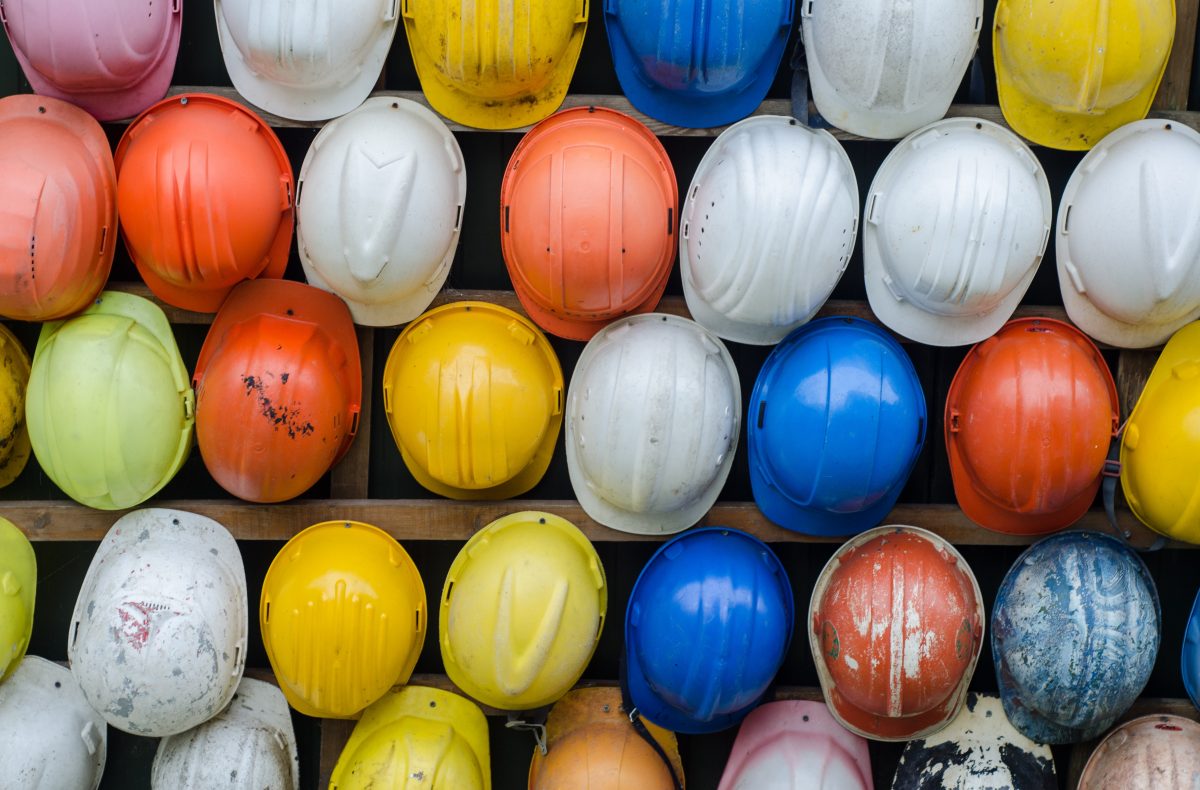
Headwear
A safety helmet could be the difference between life or death in any labour-intensive job. When working in an environment in which falling objects are a potential hazard; it is a legal requirement for any worker to wear a protective helmet, under the Personal Protective Equipment Regulations. Workers must also secure their safety helmet with a chinstrap, to ensure it functions to the best of it’s ability.
In addition to the above, a worker should make it a priority to change their helmet every 5 years, regardless of damage. If the helmet is damaged, it should, of course, be replaced immediately.
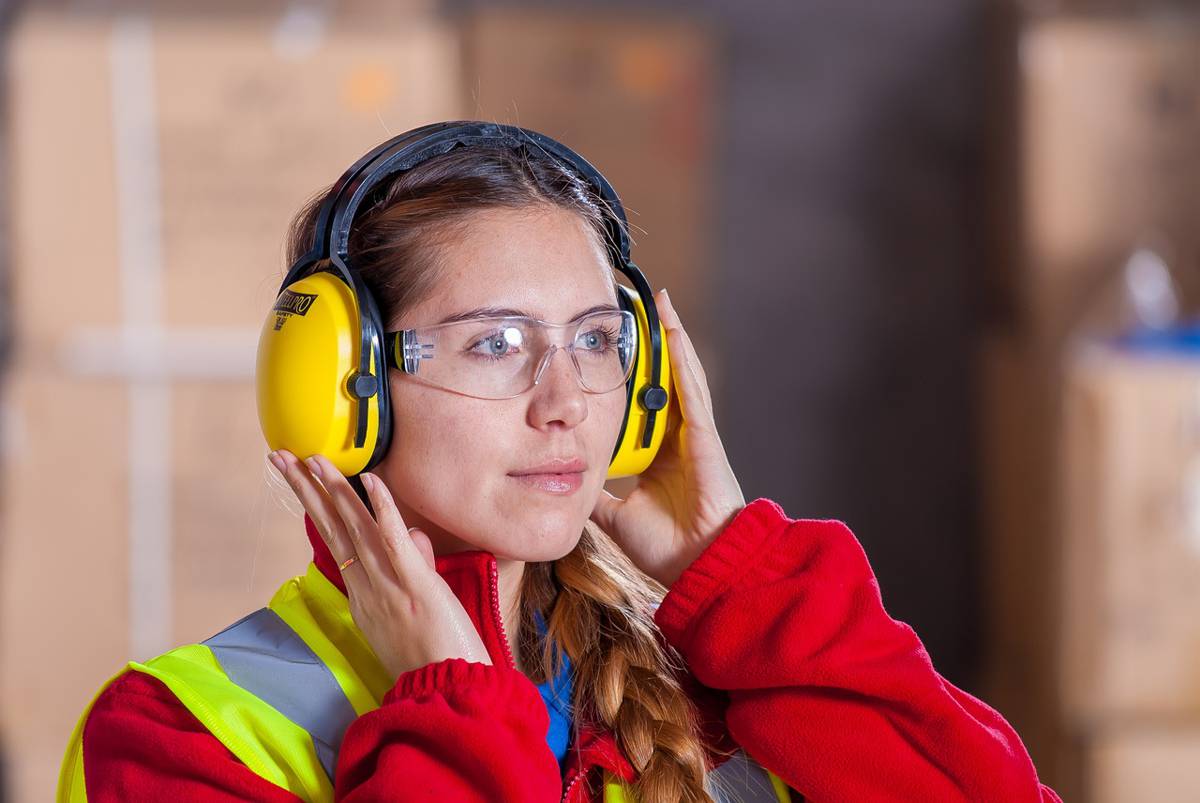
Additional Requirements
As mentioned earlier, a worker may be required to wear other forms of PPE depending on the job at hand. These additional pieces of equipment may include goggles, auditory protection, or even respiratory protection.
If working alongside particularly loud machinery for an extended period of time, a worker will be required to wear some form of auditory protection. Often, this will involve items such as ear plugs or earmuffs. Both constant and short bursts of high-decibel noise can have severe and life-long impacts to your hearing.
This can lead to a whole host of issues, such as hearing loss or tinnitus. Wearing PPE can save from this.
Working in an environment where there is the potential for large particles to be flying around in the air could cause damage to your eyes. Depending on the project, eye safety equipment, such as goggles, may be enforced.
Furthermore, there may also be a requirement for respiratory protection, in the case of dust, chemicals, vapours or a variety of other hazards. It’s important to personally fit this equipment to ensure all seals are airtight.
In conclusion, PPE is a vital part of road working. Without it, you’re at significant risk of injury, or even death.









